Retro Replay Review
Gameplay
Tom Clancy’s Splinter Cell: Chaos Theory builds its entire experience around player choice and stealth mastery. From the moment players step into Sam Fisher’s night-vision goggles, they’re presented with a wealth of options: scale walls using sticky cameras, cut power to entire areas, or quietly dispatch guards with the new combat knife. The knife mechanic adds a visceral layer to encounters—letting you choose between lethal takedowns or nonlethal knockouts, each affecting your end-of-mission success score.
(HEY YOU!! We hope you enjoy! We try not to run ads. So basically, this is a very expensive hobby running this site. Please consider joining us for updates, forums, and more. Network w/ us to make some cash or friends while retro gaming, and you can win some free retro games for posting. Okay, carry on 👍)
Unlike the strictly linear approaches of its predecessors, Chaos Theory introduces more open-ended levels. You may find yourself in a winding network of shipping containers or a dimly lit Japanese tea house, and at each junction you decide whether to sneak past sentries, lure them into traps, or disable security systems from afar. This freedom extends to objectives: secondary mission data and hidden microlenses encourage thorough exploration, rewarding meticulous players with narrative insights and higher scores.
Chaos Theory also refines its difficulty curve through adaptive AI. Guards communicate via radios, investigate disturbances realistically, and even learn from your tactics—forcing you to stay unpredictable. Post-mission debriefings tally your stealth approach, kills, alerts triggered, and hostages spared. This scoring system not only quantifies your performance but incentivizes mastery of pure stealth over run-and-gun strategies.
Multiplayer returns in the form of Spies vs. Mercs, now bigger and more balanced. Spies rely on agility, cloaking devices, and limited gadgets, while Mercs deploy heavy firepower, motion trackers, and broad lighting to flush them out. With new maps set in themed locales—an East Coast blackout version of New York City, a Japanese lighthouse, and an underground Seoul facility—each match feels fresh and tailored to the rival playstyles.
Graphics
Upon release, Chaos Theory set a new benchmark for stealth game visuals. Its advanced lighting system bathes environments in deep shadows and stark highlights, making your night-vision green glow as iconic as Sam Fisher himself. Surfaces—from the polished wood floor of a tea house to rain-slicked pavement—reflect light in believable ways, elevating immersion and serving gameplay by creating real shadows to hide in.
Character models and animations received a significant boost. Sam’s movements are fluid and weighty, whether he’s scaling pipes or sliding silently under doors. Enemy guards exhibit convincing reactions when startled—flinching at gunshots, investigating noises with cautious steps, or calling for reinforcements with hurried gestures. These details add polish and heighten tension in each encounter.
The level design benefits from a diverse palette of settings. You’ll traverse the stark, high-tech corridors of the USS Clarence E. Walsh, trek through moss-covered caverns in Asia, and peer over the neon-lit skyline of a blackout-stricken New York. Each locale features unique lighting challenges that put your stealth skills to the test while showcasing the game’s dynamic weather effects and particle systems.
Story
Set in the not-too-distant future, Splinter Cell: Chaos Theory weaves a complex geopolitical thriller. Japan’s creation of the Information Self-Defense Force (I-SDF) sparks international controversy, seen as a breach of both domestic law and its postwar constitution. When China and North Korea impose blockades, the fragile balance of power teeters on the brink of open conflict—driven by creeping tensions that feel all too plausible.
Amid this crisis, intelligence reveals that the infamous Black Gold Day oil crisis stemmed from deliberate information warfare rather than accident. As adrift rumors swirl, the U.S. launches the USS Clarence E. Walsh to stabilize the Pacific, but Third Echelon tasks Sam Fisher with an off-the-books mission that gradually unravels the larger conspiracy. This narrative device places players at the heart of a covert operation, where every datapoint could expose a false flag or confirm a traitor’s identity.
Chaos Theory’s storytelling shines in its brevity and focus. Cutscenes are sparse but impactful, leaving room for environmental storytelling and intel-gathering to carry the weight. Optional voice logs and classified documents deepen the political intrigue, allowing dedicated players to piece together motivations and alliances that fuel the game’s climax—an explosive revelation that reframes prior events.
Overall Experience
Splinter Cell: Chaos Theory remains a standout in the stealth genre thanks to its seamless blend of player agency, narrative depth, and technical excellence. Its more open-ended levels grant you the freedom to craft your own approach, while the scoring and AI systems ensure no two playthroughs feel identical. For fans of methodical infiltration, the game delivers unmatched tension and replayability.
On the downside, some mission objectives can feel opaque without frequent use of the in-game map or extensive note-taking. Occasional camera clipping or guard pathing quirks may break immersion, though these issues seldom derail the core experience. A handful of missions also lean heavily on trial-and-error, which can frustrate less patient players.
Still, Chaos Theory’s multiplayer and single-player campaigns complement each other beautifully, offering dozens of hours of content. Whether you’re savoring a low-light takedown in solo mode or engaging in pulse-pounding Spies vs. Mercs matches, the game delivers consistent thrills. For any player seeking a stealth-action experience that balances narrative intrigue with deep gameplay mechanics, Tom Clancy’s Splinter Cell: Chaos Theory remains a must-own classic.
 Retro Replay Retro Replay gaming reviews, news, emulation, geek stuff and more!
Retro Replay Retro Replay gaming reviews, news, emulation, geek stuff and more!

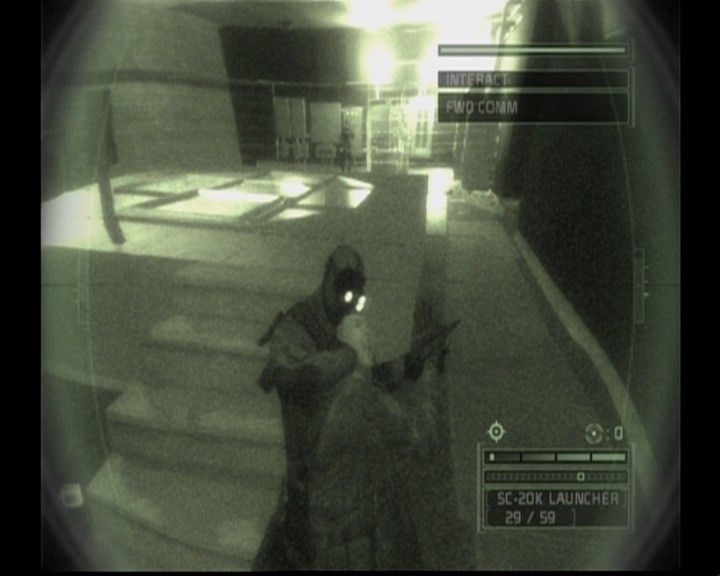
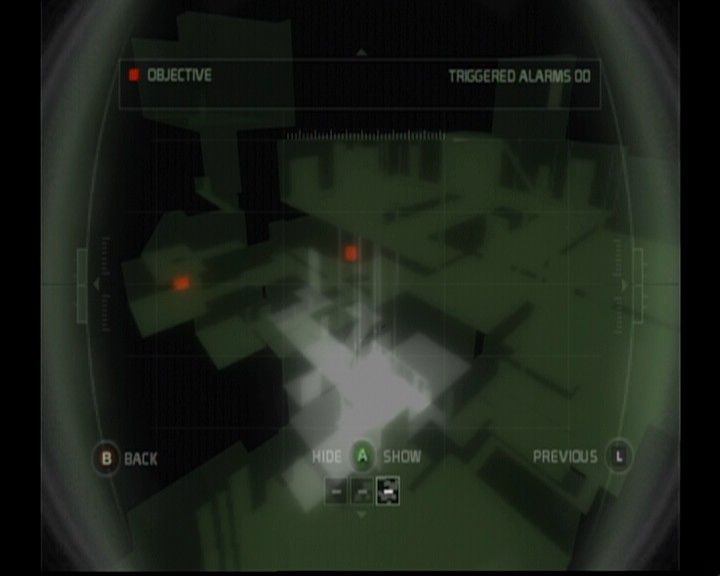
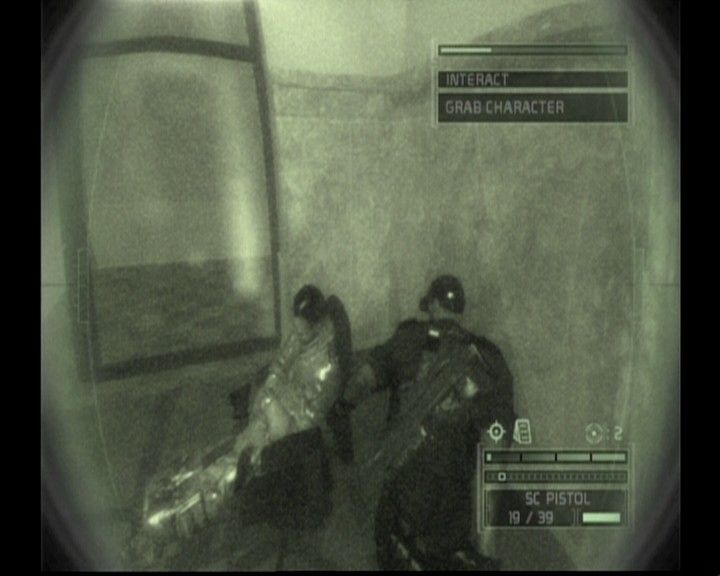
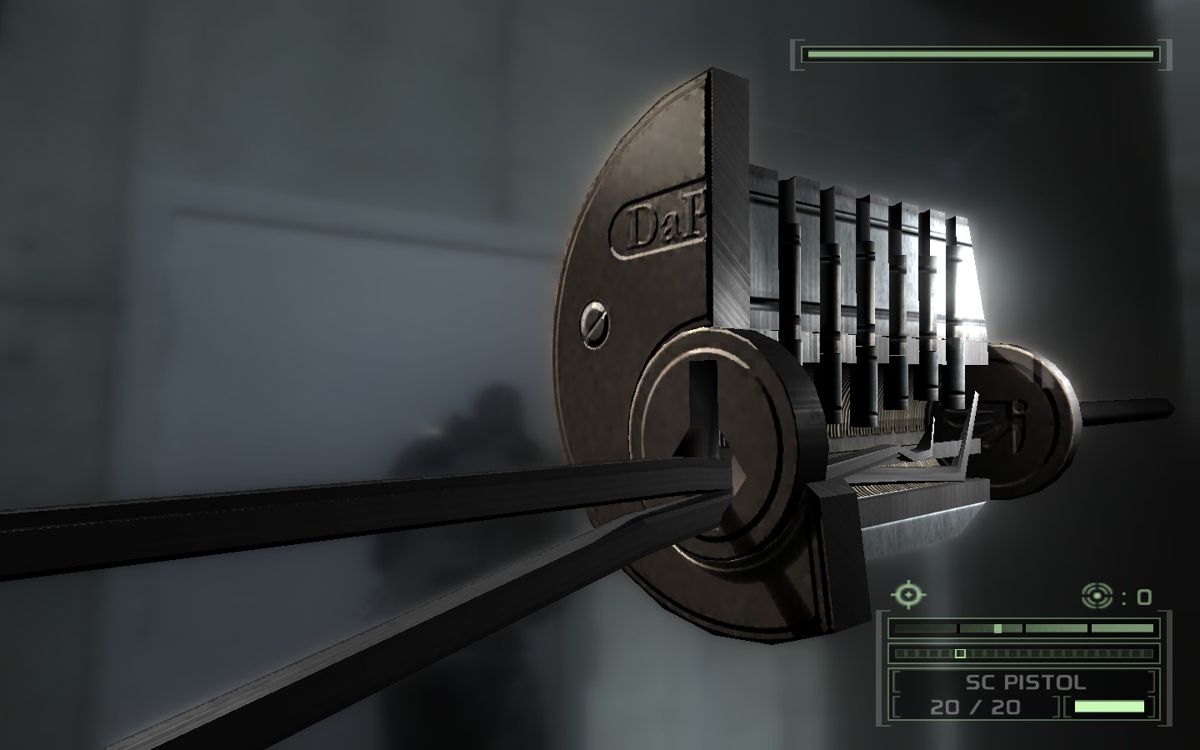
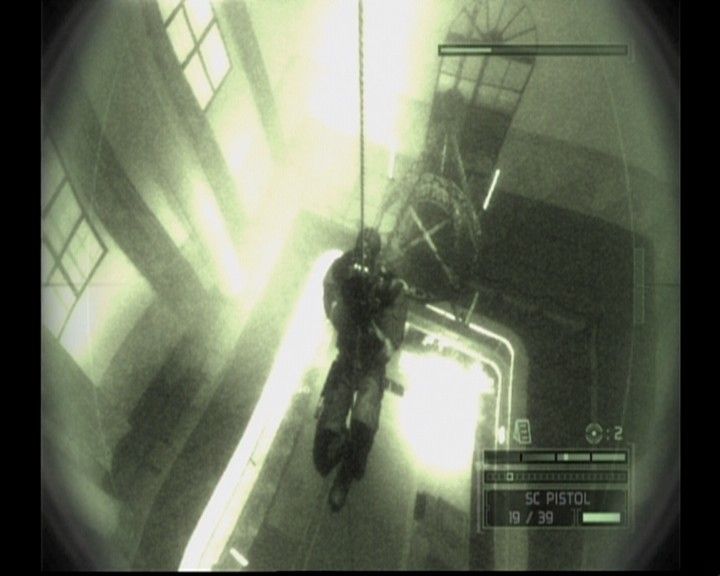



Reviews
There are no reviews yet.